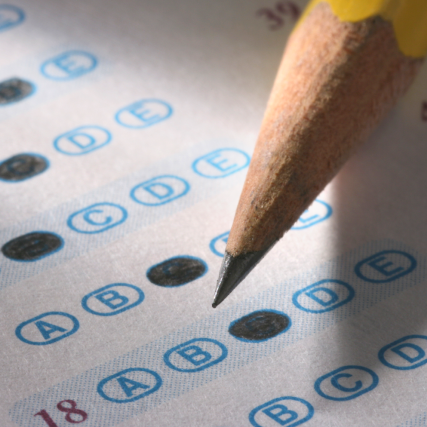Quiz whiz

You planned. You taught. Now it’s time to assess. How can you make sure your tests perfectly match instructional material? The answer: test item analysis. It’s the process of examining student responses to test questions in order to determine the validity and reliability of the question and test as a whole. The purpose of test item analysis is to identify defective questions in order to modify or dismiss them and to recognize the content learners have or have not mastered in order to remediate accurately.
The key to success involves incorporating interactive teaching practices to engage and spark a learner’s interest in understanding new skills. Meanwhile, instructors in organizations have a better grasp on what initiatives are understood and how they can improve their teaching model. Apart from being both time and cost-effective, active learning is a means for an instructor to show learners they are worth investing in.
Testing Tips & Tricks
Now that you have a basic understanding, it’s time to share our ten best practices for utilizing item analysis with your teaching practices.
1. Tests evaluating terms of the same degree are generally more reliable
2. Tests with more items will have a higher reliability
3. Distracters that are not selected by any student should be replaced or eliminated
4. It is not important that all distracters are selected equally
5. Distracters that are selected more often than other options including the answer should be changed
6. Do not dismiss an item simply because the majority of students missed the item
7. Questions that every student answers correctly should be replaced because they lack difficulty
8. Item difficulty should fall in the range of 40 – 60
9. Good tests generally include items answered correctly by 30-80% of the students
10. Items should show consistent biserial correlations. Students selecting the correct answer have higher scores and students selecting the distracters have lower scores
